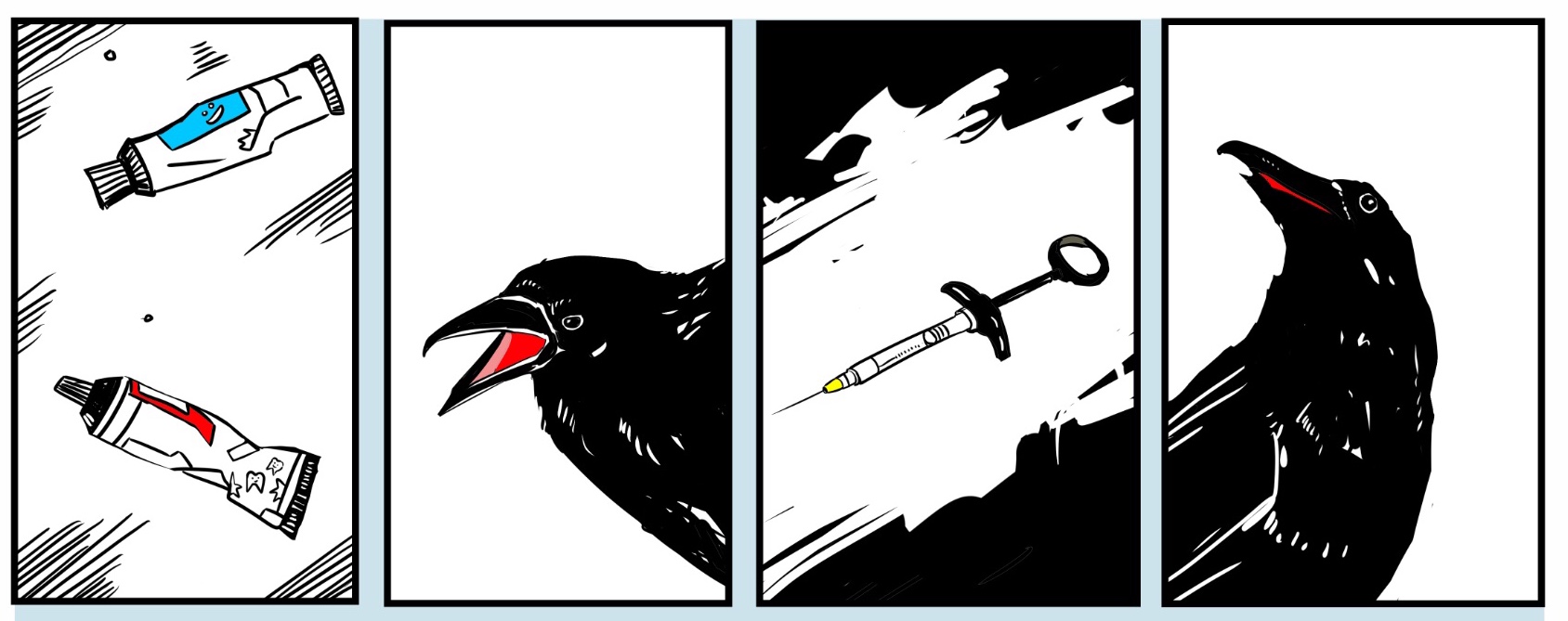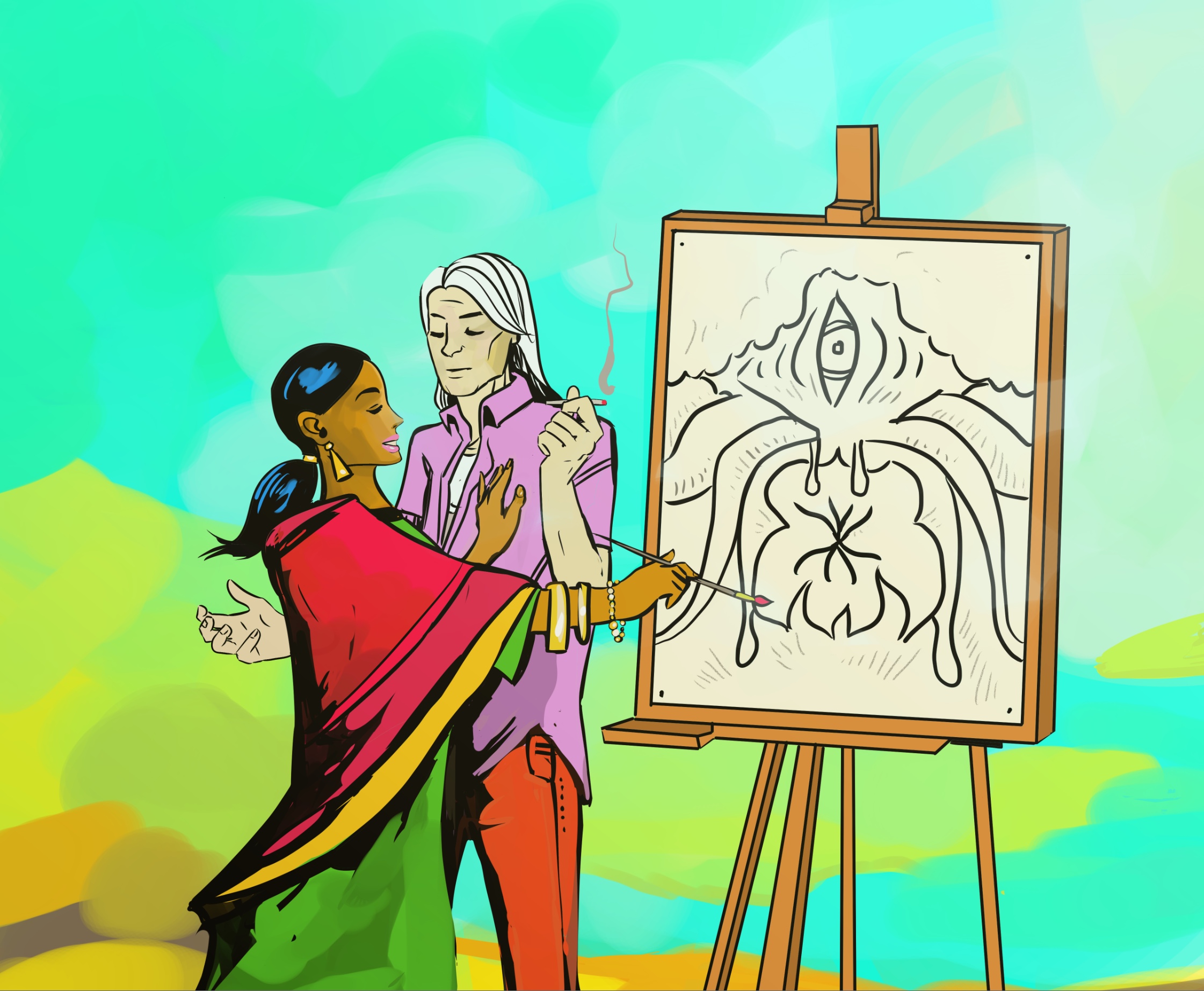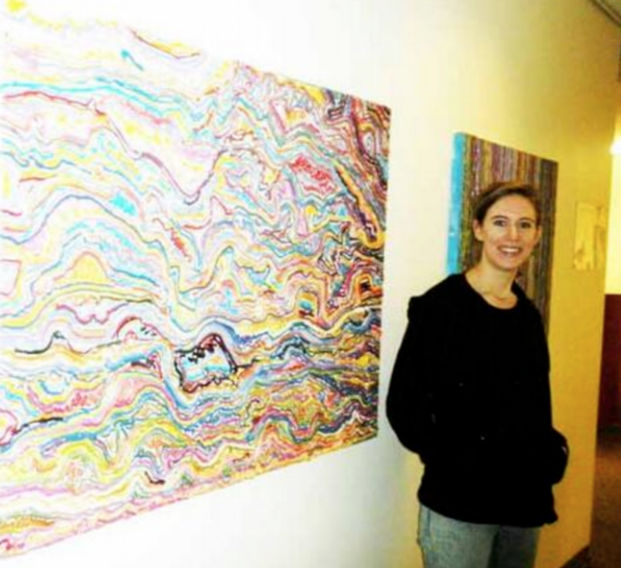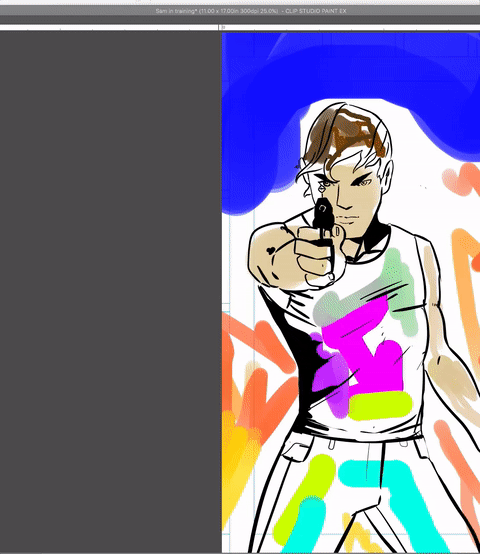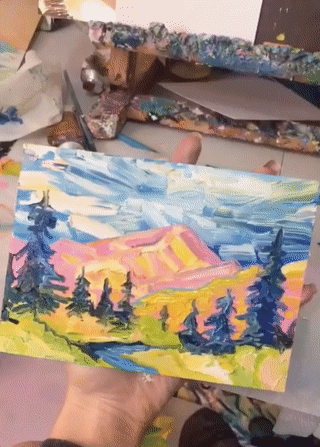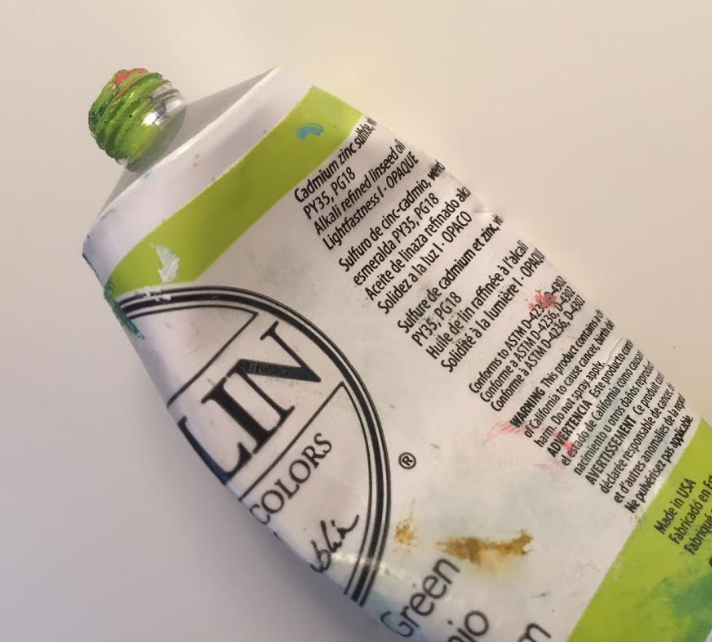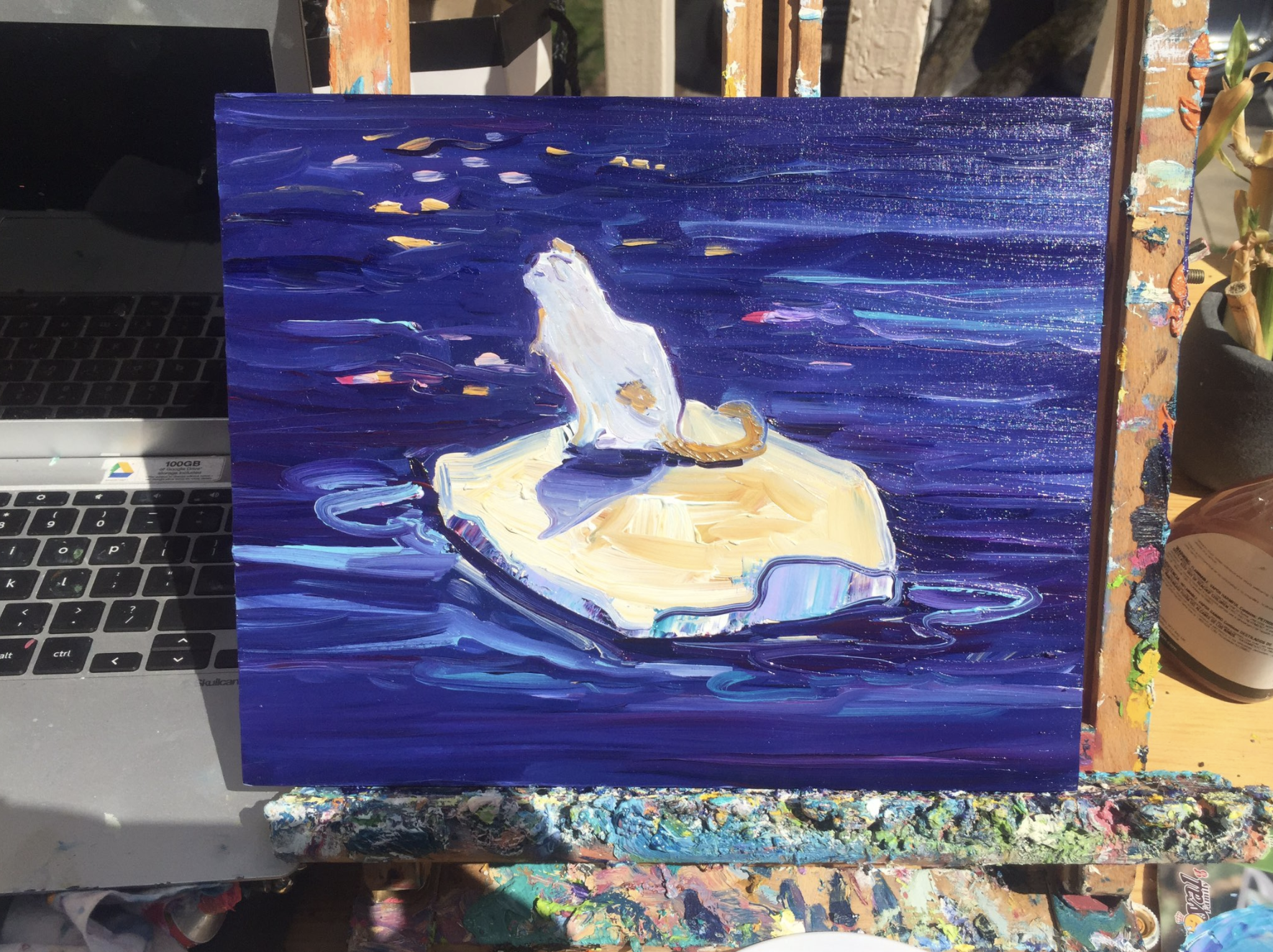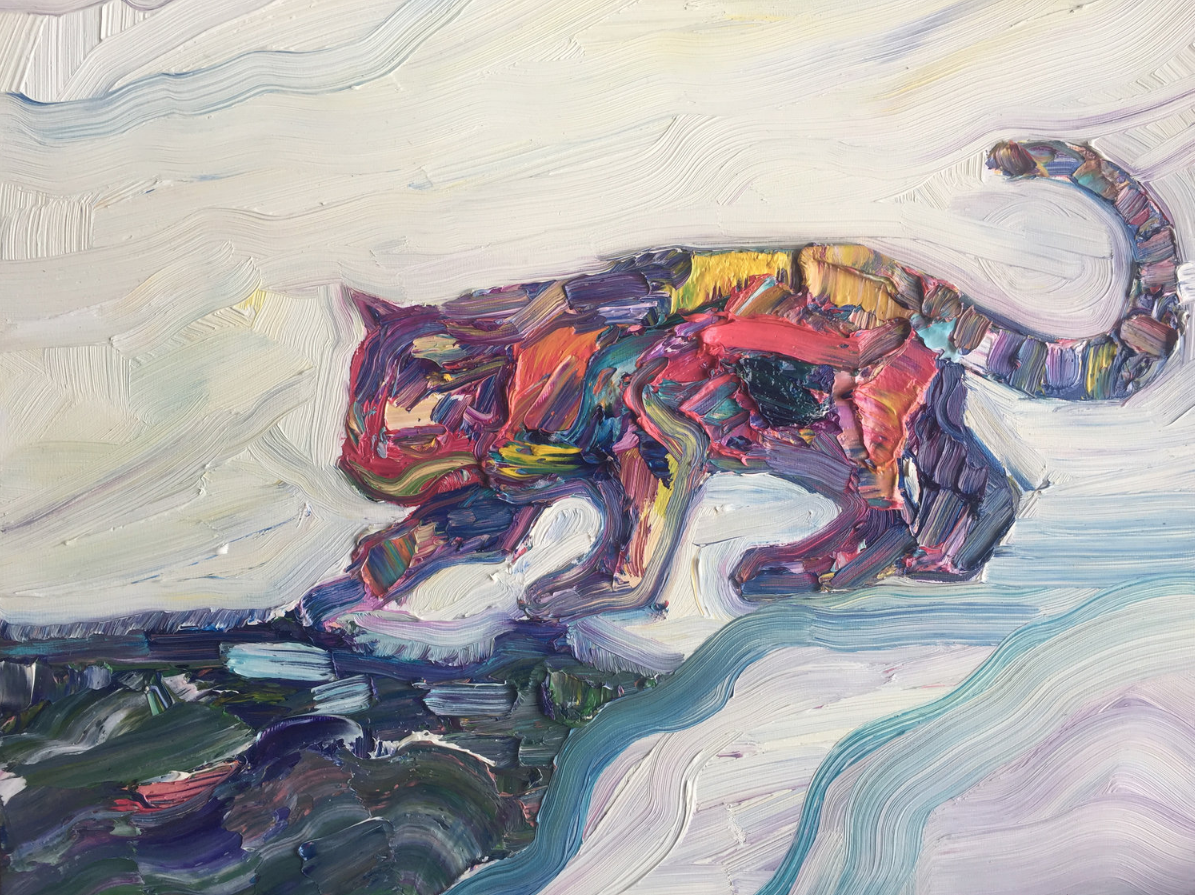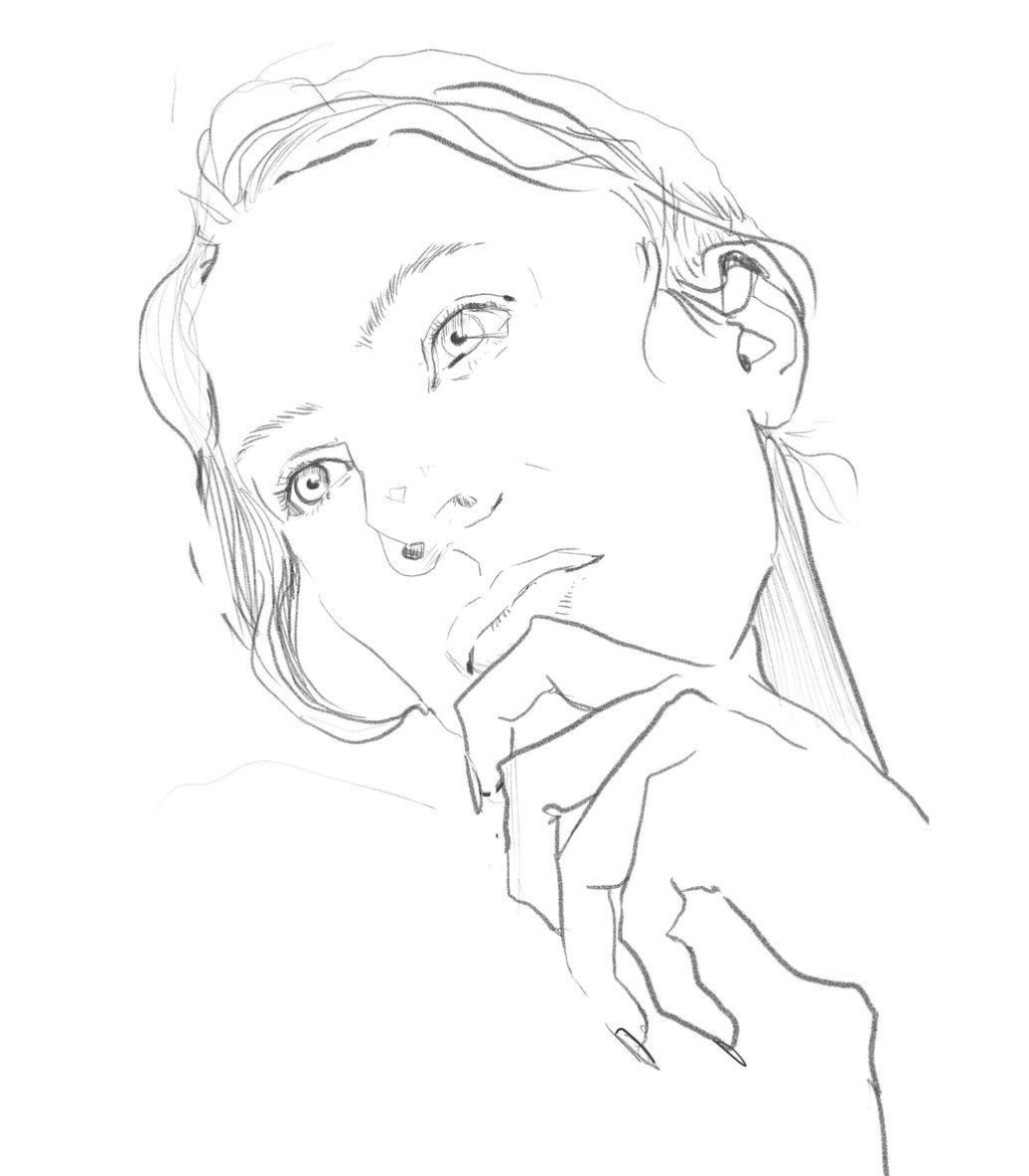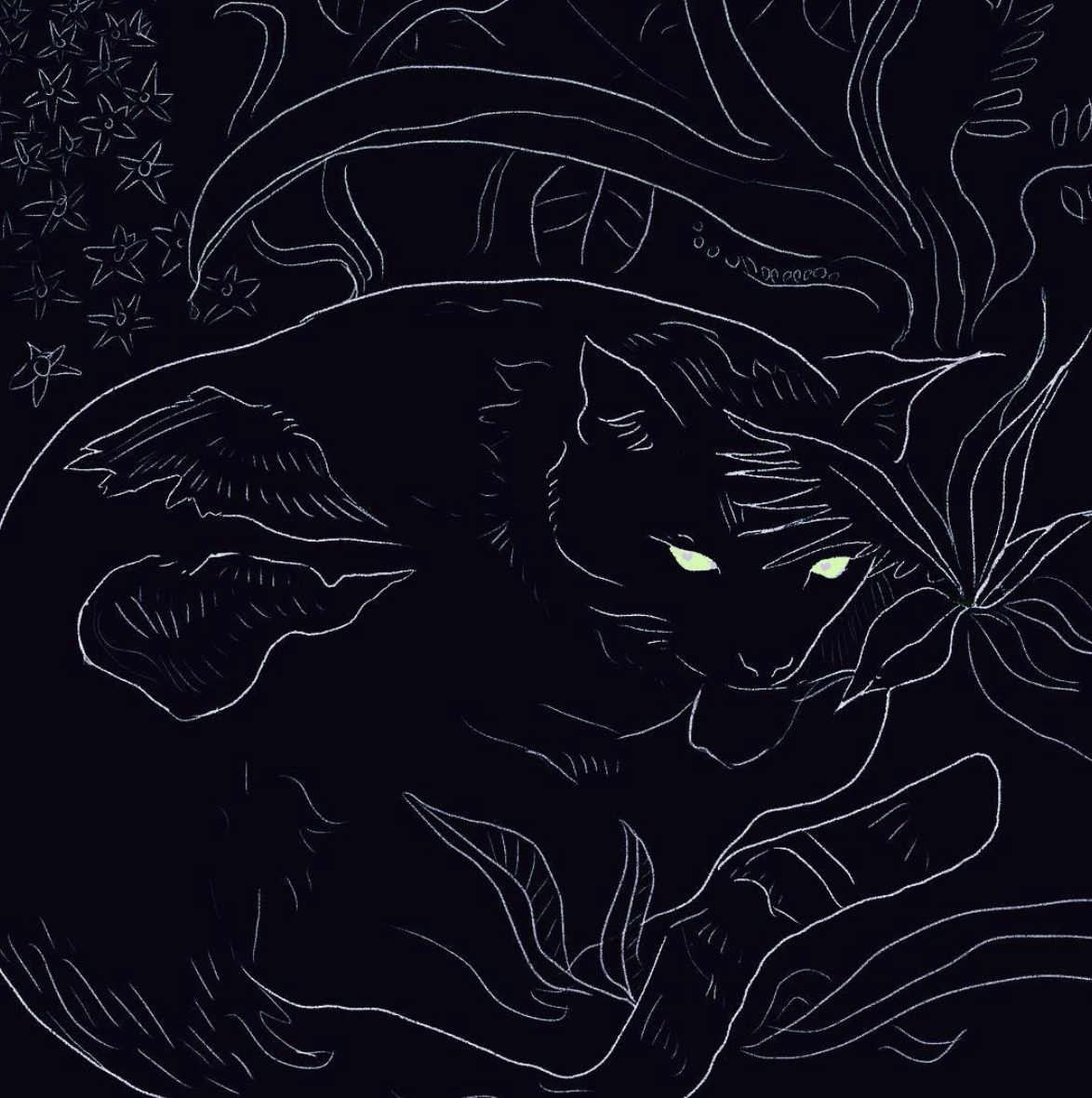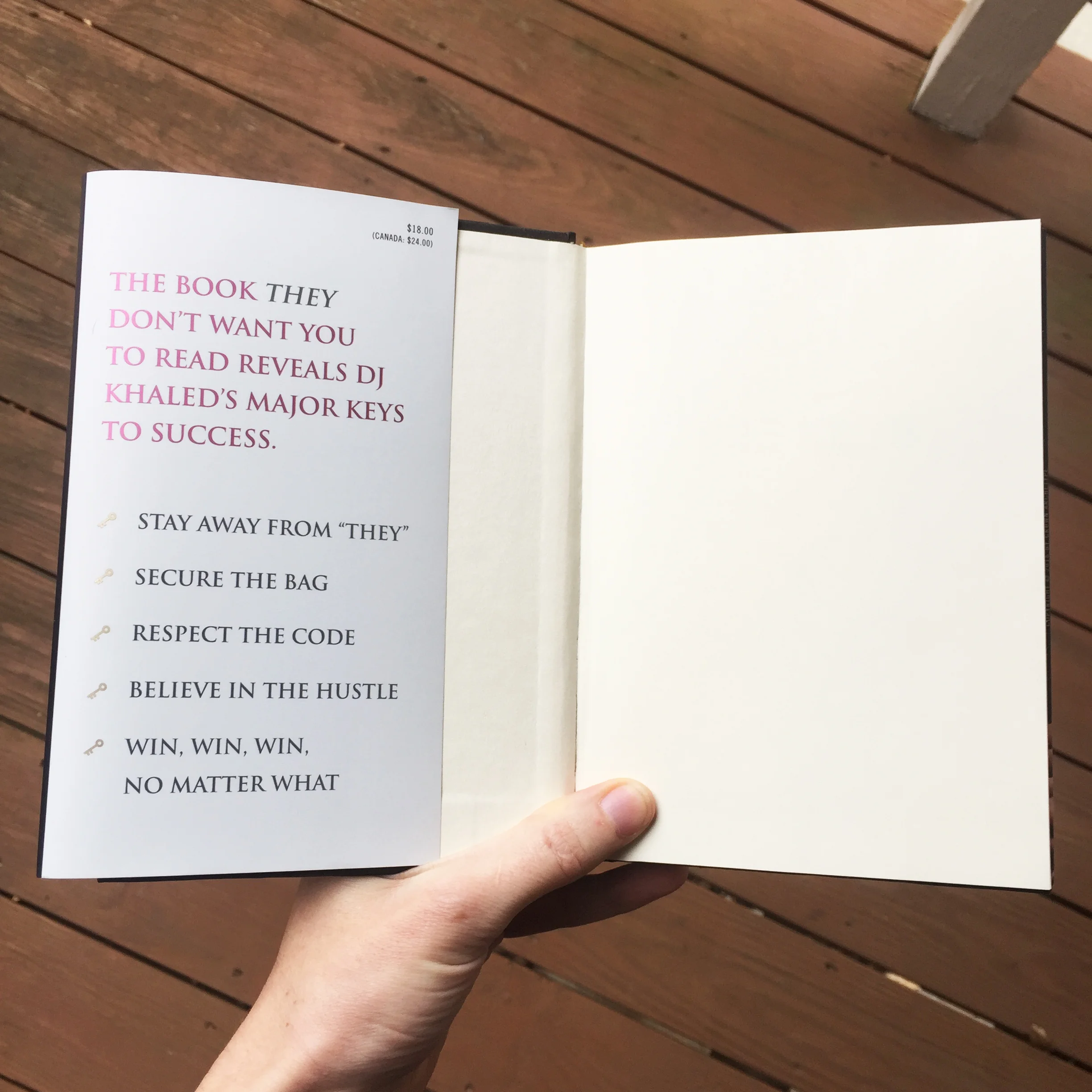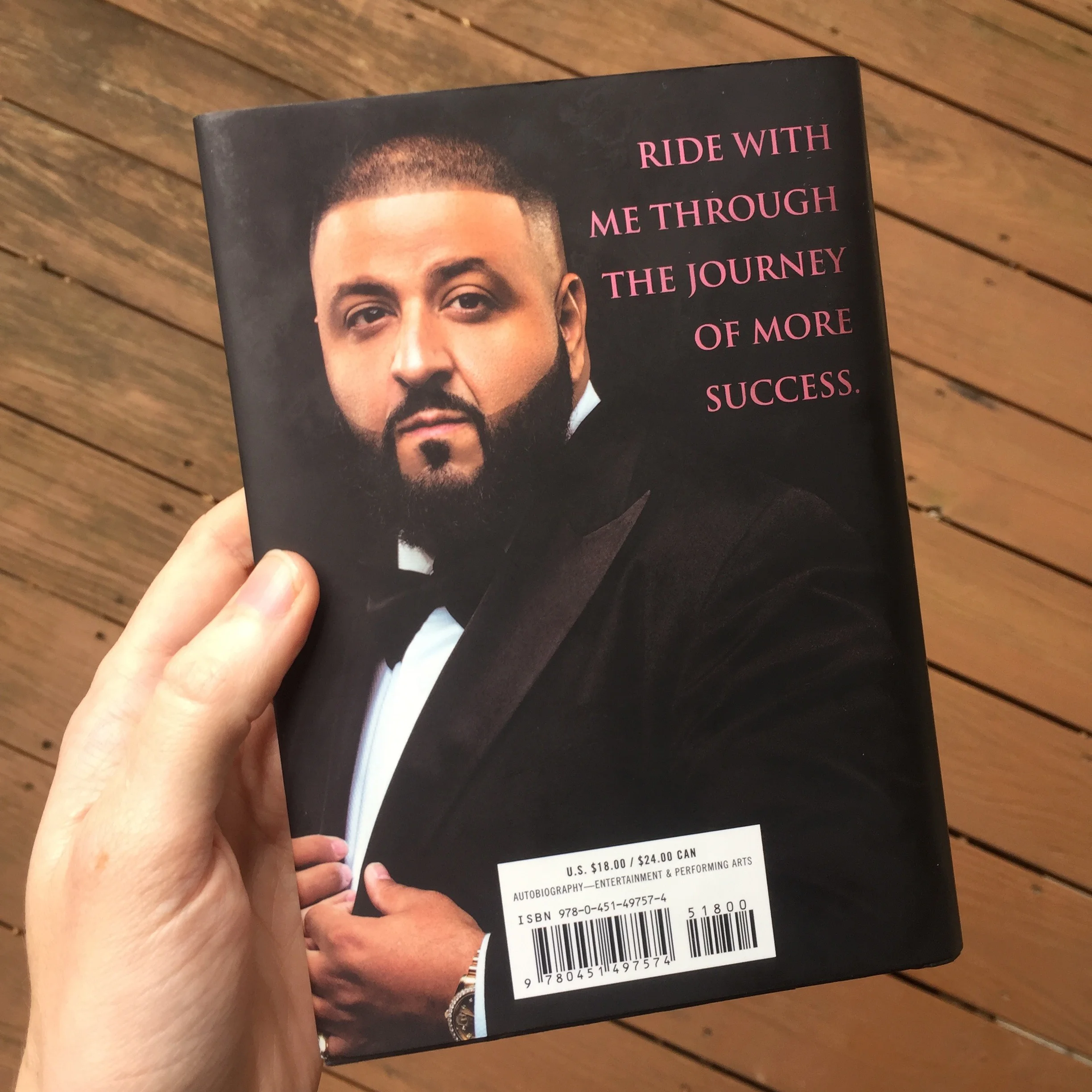I asked artists in my community a question:
“What are some of your biggest pieces of negative self talk?”
It turned out that artists at all levels have inner-self haters and demons that would make a grown man weep on his knees. Not a single artist responded with “I never have defeatist thoughts” or “I never doubt my ideas.”
With self-talk defining our realities, and with the risk that self-talk could turn negative at any moment, we came up with a list of the nastiest myths and stories we tell ourselves as artists, as well as strategies to transcend negative self talk in art.
Self-Talk Foe #4: “These Materials are Too Nice to Use”
That perfect box of oil paints or pastels. Brushes made of the finest synthetic hair. The handmade paper from Tibet. The handmade paintbrush from France.
They’re great materials. So great that they’re TOO GOOD TO USE.
The ‘Too Good to Use’ problem will come up in all facets of life - cooking, business, clothing, everything. We’ve all done it - we’ve all bought a cooking oil that is so nice, we never use it, or wine that is so fine it sits on a shelf for years. Almost everyone has an outfit stationed in their closet that we think of as ‘too nice to wear.’ Or we’ve carefully made cookies that are so finely decorated, none of our guests want to eat them. Or we’ve been one of those guests who feels bad about eating the immaculately decorated cookies. Sometimes, things are just too perfect!
To bust this self talk:
The people who created the paint/markers/paper didn’t create it so that it could sit in a corner or sit in a box gathering dust. They created it for you, the artist, to use and thrive with. Even if the art you make is the worst art of all time, that is much better than the materials sitting unused in a box. It’s like the toys in Toy Story - they want dearly to be yours.
I had the ‘Too Good to Use’ problem with this set of Caran D’ache watercolor pencils. They all looked so perfect when I first opened the tray.
After using the pencils for a while, the package no longer looks perfect or instagrammable, but, I kinda like it that way:
Self-Talk Foe #3: “I’ll Never be as good as my Peers/Friends/That Guy on Tumblr”
We all have that one friend who seems to float through the sky like an anime princess, wave their white-gloved hand, and magical art appears like fireworks all around them. I’ll call this person the Magical Art Friend. They pirouette, flutter their eyelashes, and BOOM - the most amazing art you’ve ever seen blossoms across their Instagram feed, perfect and fully-formed like Athena out of Zeus’s forehead, thousands of likes pouring in from across the galaxy. Now they’re on the cover of a magazine!
To bust this self talk:
Your Magical Art Friend also has a Magical Art Friend in their life.
They may be magical themselves, but there is a whole world of Magical Art Friends out there, with artists looking up to each other in an infinite hall of mirrors.
The Magical Art Friend also has ... unmagical moments. We’re all sharing our best moments on Instagram, but it’s good to know that this isn’t the whole picture. Sometimes things suck, for everyone, and sharing suckage in a hypercompetive environment doesn’t make sense. Things that suck also pass, we forget about them (or try), while we struggle to perserve good things. It only makes sense that after a while, everything looks very, very magical.
Self-Talk Foe #2: “I can’t start this project until I am a better artist”
Let’s start by saying this is a tough one. This piece of self-talk arrives at our mental doors wearing the garb of logic and restraint. Logic and restraint are good, right? Artists need it! Discipline is good!
Though discipline is good, we have to transcend this seemingly logical piece of self talk if we ever want to get anything done.
To bust this self talk:
Sit down with me. Have you ever seen the first few panels of Garfield? Garfield changes … a lot from Day 1 to the present day. Here’s old Garfield:
The same can be said of The Simpsons. The first couple episodes do not represent what the Simpsons look like at all.
The characters and character designs… totally changed. They improved. And it was fine. Better than fine, even. The first couple tough installments blazed a path for a better vision.
As an artist you sometimes have to let yourself run into problems actively, take on what you can, circle back and make changes, or power forward, just get it released and in front of people. The reality of art is a bit like a particle of light under quantum theory - it’s a particle or a wave, depending on if someone looks at it or not. When art is observed, the reality of the art is different.
Self-Talk Foe #1: “The art I made does not match my vision”
Missing the mark. A failure to communicate. Poor execution.
Failed art hurts so bad.
We’ve all been there. We have a fantastic vision for the painting/drawing/animation/knitting project, and then upon execution … oh dear lord it looks terrible. It looks nothing like what we wanted!
This piece of negative self talk is the most brutal of all. It’s the reason why most people give up on art. It’s the reason we put down our pencils at around 6th grade and we tell ourselves “I’m not good at drawing.”
Unfortunately, this doesn’t go away over time. The Vision is always there along with The Reality, two sides of the same spinning coin.
When the reality doesn’t match The Vision, it feels like a failure of engineering. It’s like getting a math problem wrong or asking your crush on a date and getting rejected. It’s like following a recipe with 1960s housewife diligence, and the cake still looks terrible.
To bust this self talk:
Remember that everybody fails and that failure happens all the time - we just don’t talk about failure. There’s no class in school where you talk about failure. Nobody goes to a weekly staff meeting and reads out a list of their failures.
Because we don’t talk about failure, it feels like failure doesn’t exist.
You know what, let’s talk about failure for a second.
Cakewrecks.com is a blog dedicated to cakes that don’t quite make the mark. Okay, that’s being nice. Explicitly stated, the cakes on the website are absolute wrecks. They are the saddest cakes you will ever see.
What’s funny about Cakewrecks is there is a never-ending stream of cake wreckage content. Every day, there are new sets of wrecked cakes to see on Cakewrecks.com. Some wrecks are user-submitted, some are found by the website’s author, or curated and compiled out of other posts around the internet. But one thing is for certain: no matter where the cakes come from, there are many, many failed cakes out there. Cake making is hard.
Another way to get over this is to remember that sometimes, action can outperform vision. You might have a vision for a piece of art, but the more you draw, the more you chip away, sometimes action will take over.
Other people, not just artists, miss the mark all the time. We might try hard, we might pour hours of work and money into the perfect cake, we might have the most pristine vision of a cake in our head, and it might still fail and look nothing like the cake we envisioned at all.
I hope this blog helps you bust the patterns of negative self talk that you see in your art, be it painting, writing, or any kind of creation or higher-level thinking. Let’s face it, negative self talk appears in all walks of life, even far beyond Planet Art. The sooner we spot patterns of negativity and realize why we are enacting the pattern, the sooner we can break free. You wouldn’t talk so negatively to your friends, would you? Let’s be as kind to ourselves.
Related blogs:
Comics and art are alive in Tokyo!










